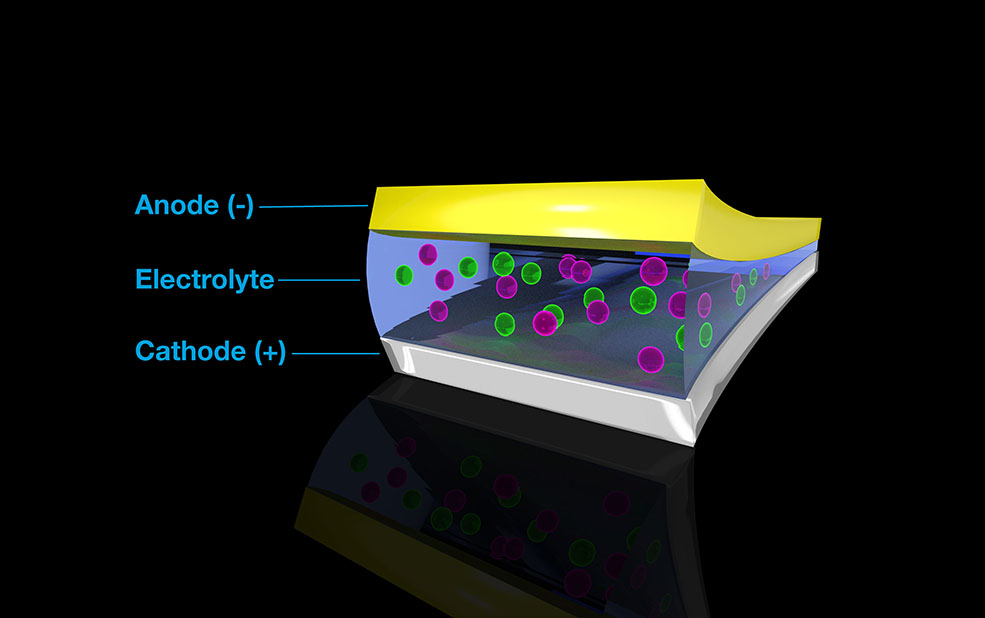
Capturing Energy Flow in a Plasma by Measuring Scattered Light
First measurements of heat flux in plasmas experientially sheds light on models relying on classical thermal transport.

First measurements of heat flux in plasmas experientially sheds light on models relying on classical thermal transport.

The spin direction of protons was reversed, for the first time, using a nine-magnet device, potentially helping tease out details about protons that affect medical imaging and more.

Antiquark spin contribution to proton spin depends on flavor, which could help unlock secrets about the nuclear structure of atoms that make up nearly all visible matter in our universe.

A precision measurement of the proton’s weak charge narrows the search for new physics.

Physicists develop a universal mathematical description that suggests that proton-neutron pairs in a nucleus may explain why their associated quarks have lower average momenta than predicted.

With user facilities, researchers devise novel battery chemistries to help make fluoride batteries a reality.

Pressure in the middle of a proton is about 10 times higher than in a neutron star.

Storing extremely slow neutrons in a novel trap enables precise measurement of a basic property of particle physics.

Insights into how nature converts carbon dioxide into sugar could help scientists develop crops that produce fuels and other products.

Scientists observe and control molecular and atomic dynamics at the fastest timescales to date.

Scientists discovered how iron atoms continually re-arrange on surfaces, offering insights into metal corrosion and soil remediation.

Detailed 3D images show how nanoparticles change in reactions that purify contaminated water or power recyclable geochemical batteries.